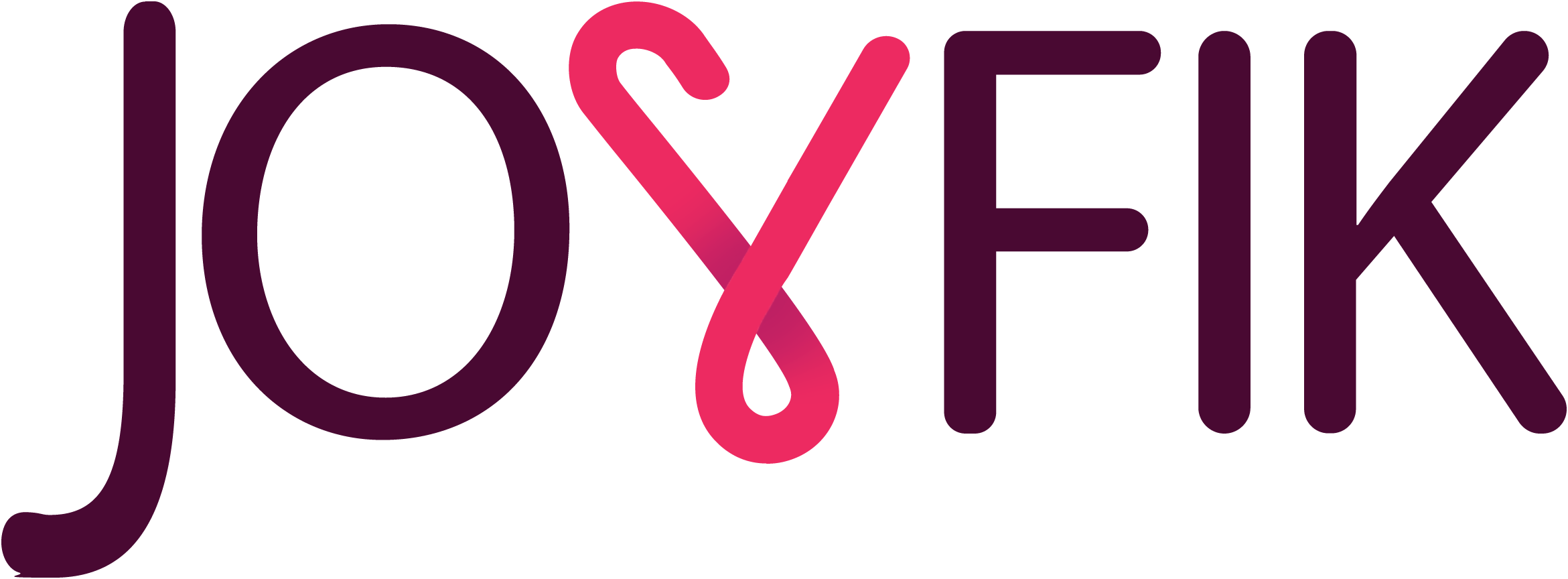In today’s fast-paced world, it’s crucial to increase performance with smart work. By leveraging innovative strategies, businesses can enhance productivity and efficiency.
This article delves into the concept of smart work, exploring its benefits and how to integrate it into daily operations.
By focusing on effective techniques and tools, organizations can optimize their performance and stay competitive in the market.
Understanding Smart Work
Understanding Smart Work is essential for anyone looking to increase performance with smart work in today’s competitive environment. Unlike traditional work models, which often emphasize hours spent at a desk, smart work focuses on efficiency and results.
This approach encourages employees to work smarter, not harder, by making the best use of available resources and technology.
At its core, smart work prioritizes outcomes over outputs. Employees are encouraged to identify their goals and manage their time effectively to achieve them.
This may include leveraging technology to automate tasks or collaborating with colleagues in innovative ways. By doing so, workers can maximize their time and energy on activities that truly matter.
Key Components of Smart Work
There are several key components that define smart work:
- Flexibility: Smart work allows for flexible schedules and remote working options, enabling employees to find their most productive environment.
- Collaboration: Emphasizing teamwork and communication fosters a culture of collaboration, leading to improved problem-solving and creativity.
- Technology Use: Utilizing tools and software to streamline processes can significantly enhance efficiency and reduce workload.
- Continuous Learning: Encouraging ongoing training and development ensures that employees stay updated on best practices and can adapt to changes quickly.
By focusing on these components, organizations can shift toward a smart work culture that not only boosts performance but also increase performance with smart work. Understanding smart work and implementing its principles can significantly transform the way businesses operate, leading to greater success and innovation.
Benefits of Smart Work
The benefits of smart work are numerous and can significantly increase performance with smart work in the workplace. By adopting smart work practices, organizations can optimize their operations while improving employee satisfaction. Here are some key benefits:
1. Increased Productivity
When employees work smarter, they focus on tasks that drive results. This can lead to higher output without the need for longer hours. Automation of repetitive tasks allows team members to devote more time to meaningful work.
2. Better Work-Life Balance
Smart work promotes flexibility. Employees can create schedules that suit their personal lives and work preferences. This balance reduces stress and improves overall job satisfaction.
3. Enhanced Collaboration
With tools designed for remote work and communication, team collaboration becomes seamless. Employees can share ideas and feedback quickly, leading to more innovative solutions and teamwork.
4. Cost Savings
By reducing time spent on non-essential tasks and improving overall workflow, organizations can save money. Additionally, remote work options can lower overhead costs related to office space.
5. Increased Employee Engagement
Smart work fosters a culture where employees feel empowered to take ownership of their tasks. This engagement can lead to higher morale, retention rates, and a more motivated workforce.
6. Adaptability to Change
Organizations that embrace smart work are better equipped to adapt to changes in the market. The focus on efficiency and technology makes it easier to pivot strategies and respond quickly to new challenges.
By understanding and implementing the benefits of smart work, businesses can create an efficient, happy, and productive workplace, ultimately leading to better performance and helping to increase performance with smart work.
Implementing Smart Work Strategies

To implement smart work strategies, organizations need to take a systematic approach. Here are several effective steps to consider:
1. Assess Current Practices
Begin by evaluating existing workflows and processes. Identify areas that are inefficient or time-consuming. Gathering input from employees can provide insights into where improvements are needed.
2. Set Clear Goals
Define what success looks like for your smart work initiatives. Setting measurable goals helps everyone stay focused and motivated. Ensure these goals align with overall company objectives.
3. Invest in Technology
Utilize the right tools and platforms that promote smart work. Look for software that aids in task management, communication, and collaboration among team members. This can significantly enhance workflow efficiency.
4. Foster an Open Culture
Encourage a culture where employees feel free to share ideas and feedback. A supportive environment leads to better communication and innovation. Regular team meetings can help maintain this open channel.
5. Train Employees
Provide training sessions to help staff adapt to new tools and practices. Ensure they understand how to utilize technology effectively to enhance their work. Offering ongoing training can keep skills sharp.
6. Monitor Progress and Adapt
Regularly measure the outcomes of implemented strategies. Use relevant metrics to analyze effectiveness and make adjustments where necessary. Being adaptable will help in refining processes over time.
Implementing smart work strategies is an ongoing journey, requiring commitment and flexibility from everyone in the organization. Following these steps can guide businesses toward a more productive and efficient work environment.
Tools for Smart Work
To achieve smart work, utilizing the right tools is essential. There are many applications and platforms that can increase performance with smart work by enhancing productivity and streamlining processes. Here are some important tools for smart work:
1. Project Management Software
Tools like Trello, Asana, and Monday.com help teams organize tasks, set deadlines, and track progress. These platforms can improve collaboration and ensure everyone stays on the same page.
2. Communication Platforms
Effective communication is vital for smart work. Apps such as Slack and Microsoft Teams offer instant messaging, video calls, and file sharing, fostering seamless communication among team members.
3. Time Management Tools
Utilizing tools like RescueTime and Toggl can help individuals track time spent on different tasks. This information helps in identifying areas of improvement and optimizing work habits.
4. Collaboration Tools
Platforms such as Google Workspace and Dropbox allow teams to collaborate in real-time on documents and presentations. These tools ensure that everyone can contribute and access the most up-to-date information.
5. Automation Tools
Using automation services like Zapier and Ifttt can help automate repetitive tasks. This frees up time for more strategic activities, enhancing overall productivity.
6. Learning Management Systems
To foster continuous learning, platforms such as Coursera and LinkedIn Learning offer a myriad of courses that help employees acquire new skills and stay current with industry trends.
By leveraging these tools, organizations can create a smart work environment that promotes efficiency, enhances collaboration, and helps to increase performance with smart work.
Measuring Performance Improvements
Measuring performance improvements is crucial for understanding the impact of smart work strategies. Here are key methods to assess how effective these changes are:
1. Set Clear Metrics
Before starting any initiative, define what success looks like. Use specific key performance indicators (KPIs) such as productivity rates, task completion times, and employee satisfaction scores. This provides a baseline to measure against.
2. Use Data Analytics Tools
Implement data analytics tools to track and analyze performance. Programs like Google Analytics or Power BI can help you visualize trends and identify patterns in employee productivity and overall success.
3. Conduct Surveys and Feedback Sessions
Regularly gathering feedback from employees can provide valuable insights. Use surveys to understand their experiences with smart work strategies. This qualitative data can highlight areas of improvement and success.
4. Compare Performance Over Time
Monitor and compare performance metrics over different time periods. This could involve evaluating data from before implementing smart work strategies versus after. This long-term view helps illustrate the effects changes have in reality.
5. Analyze Team Collaboration
Look at how collaboration has improved with smart work tools. Track metrics related to teamwork, such as the number of joint projects completed or the speed of communication. Enhancements in these areas often indicate better performance.
6. Benchmark Against Industry Standards
Compare your organization’s performance metrics with industry standards. This benchmarking can provide context for evaluating your improvements and understanding where you stand in the market.
By systematically measuring performance improvements, organizations can determine the success of their smart work initiatives and make informed decisions for future strategies.
Overcoming Challenges in Smart Work

There are several challenges in smart work that organizations may face. Addressing these challenges is crucial to increase performance with smart work and ensure successful implementation. Here are common hurdles and suggestions for overcoming them:
1. Resistance to Change
Introducing new smart work practices can meet resistance from employees used to traditional methods. To overcome this, provide clear communication about the benefits of smart work. Involve employees in the transition process by seeking their input and feedback.
2. Technology Limitations
Some organizations may struggle with outdated technology that hinders smart work adoption. Invest in modern tools and software that support remote work, collaboration, and project management. Training employees on how to use these tools effectively is essential.
3. Maintaining Communication
Remote work can lead to communication breakdowns. To address this, establish regular check-ins and team meetings. Utilize communication platforms like Slack or Microsoft Teams to promote interaction and collaboration among team members.
4. Tracking Productivity
Measuring productivity in a smart work environment can be challenging. Set clear performance metrics and utilize data analytics tools to assess productivity levels regularly. Consider using software that tracks project progress and individual contributions.
5. Work-Life Balance Issues
Employees may struggle to separate work and personal life when working remotely. Encourage healthy work-life balance by promoting flexible schedules and reminding employees to take breaks. Creating a culture that values well-being can lead to better performance.
6. Training and Development Needs
As smart work evolves, ongoing training is necessary. Provide resources and training sessions to help employees stay updated on the latest tools and practices. Continuous learning fosters a culture of improvement and adaptability.
By proactively addressing these challenges, organizations can create a more effective smart work environment, helping to increase performance with smart work and leading to greater productivity and employee satisfaction.
Increase Performance with Smart Work: Final Considerations
In today’s fast-paced work environment, adopting smart work strategies is essential for organizations looking to improve productivity and employee satisfaction. By understanding the principles of smart work and leveraging effective tools, businesses can streamline operations and foster a culture of collaboration.
While challenges may arise during the implementation of smart work practices, addressing these issues proactively can lead to significant benefits. By measuring performance improvements, investing in technology, and ensuring proper training, organizations can create a dynamic and efficient work environment.
The journey towards smart work is not just about adopting new technologies; it is about reimagining the way we approach our tasks and teamwork. By committing to this transformation, businesses can not only thrive but also adapt to the ever-changing demands of the modern workplace.
Ultimately, the power of smart work lies in its ability to enhance not just individual performance but also the overall success of the organization.
